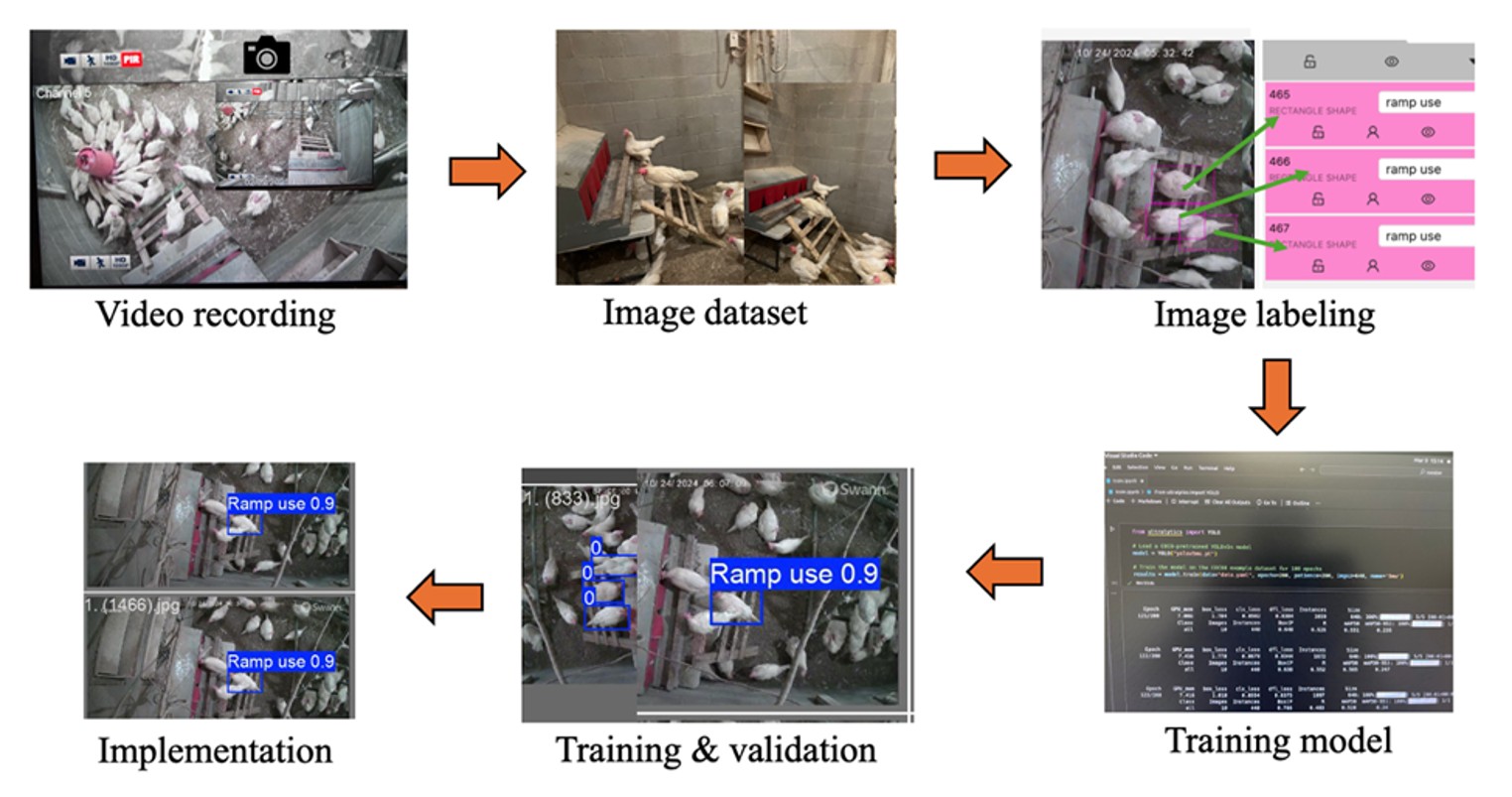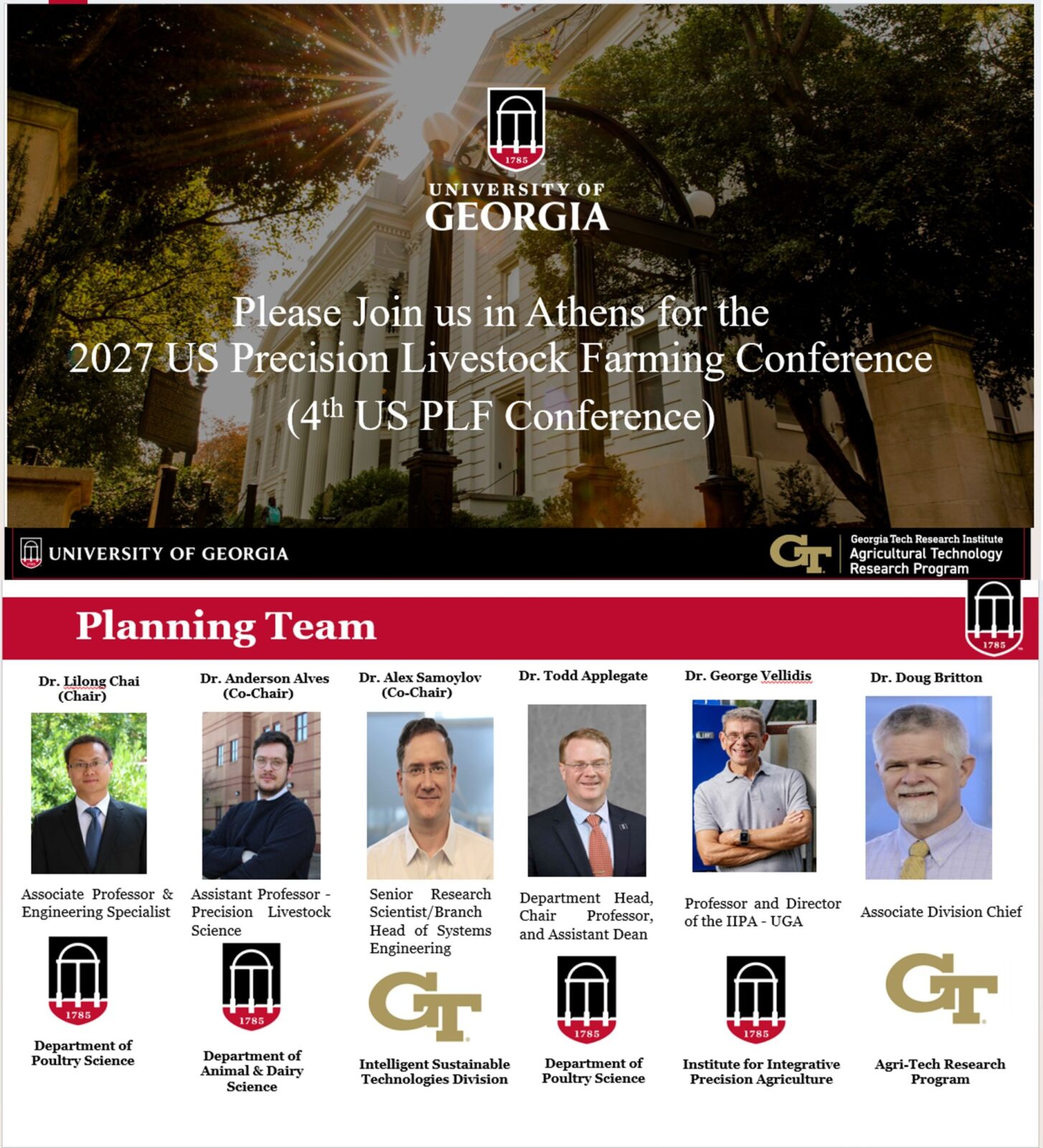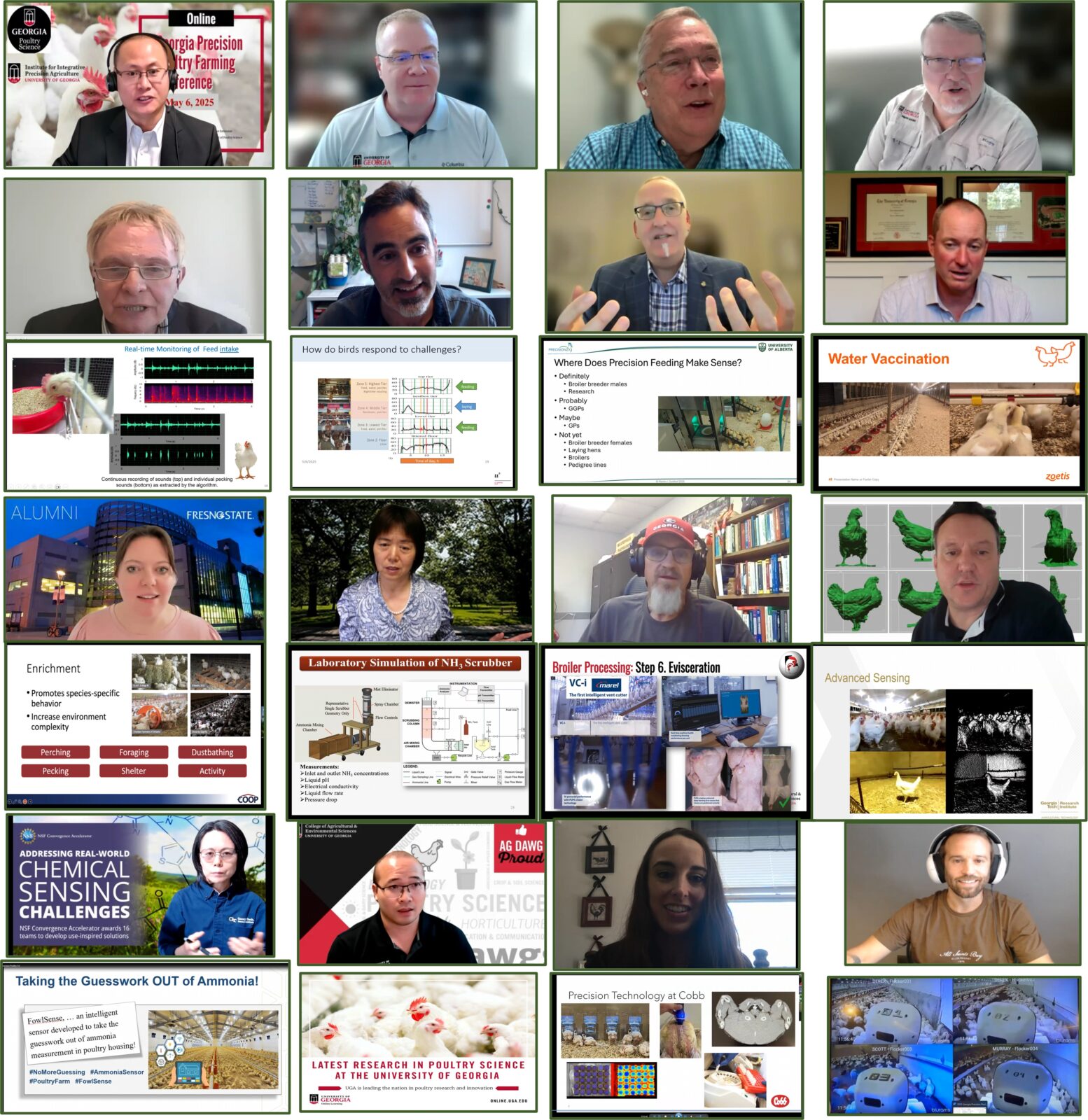Guest Author: Lilong Chai
-

In the USA, broiler chickens produce about 10-15 million tons of manure annually. Fresh poultry manure contains about 75% moisture that must be reduced prior to storage and land application. High moisture manure can lead to higher transport costs, faster reproduction of pathogens/bacteria and flies, and the generation of odors. Furthermore, wet manure tends to…
-

The poultry industry faces growing challenges in ensuring animal welfare, preventing disease outbreaks, and addressing labor shortages. Traditional vision intelligence-based behavior monitoring needs intensive manual labeling, which is impractical for large-scale operations, necessitating advanced, efficient, and scalable solutions. Utilizing artificial intelligence technologies to monitor poultry behavior accurately in real-time can revolutionize animal welfare practices and…
-

U.S. egg production is shifting from conventional caged systems to cage-free systems, largely due to growing concerns about animal welfare. Over the past decade, the market share of non-organic cage-free eggs has increased by 5–10%, reaching 40% by 2025. However, cage-free housing is associated with higher rates of mortality and injury, often linked to poor…
-

The UGA Poultry Science Extension team just hosted a successful 2025 Georgia Layer Conference at the GPLN in Gainesville, GA on September 22, 2025. We sincerely thank all the speakers for sharing valuable updates and insights on key topics such as laying hen production, the transition to cage-free systems, egg safety, avian influenza outbreaks, mite…
-

In modern poultry production, thousands of chickens are raised in a confined housing system, which tends to have animal disease or well-being issues. Early disease detection is essential to limit spread and economic loss. Poultry diseases threaten animal welfare and productivity, especially in cage-free systems where communal environments increase disease transmission risks. Traditional diagnostic methods,…
-

Foraging is considered one of the most important natural habits in chickens, as they spend a significant portion of their time doing it (Figure 1). US egg production is shifting from conventional caged system to cage-free production considering the hens will have more freedoms in performing natural behaviors such as dustbathing and foraging. Foraging behavior…
-

Roosters’ behavior and activity are critical for egg fertility and hatchability in broiler or layer breeder houses. Desirable roosters are expected to have a good leg health, reach sexual maturity, be productive, and show less aggression to females during mating. However, not all roosters are desirable and low productive roosters should be removed for replacement.…
-

The U.S. Precision Livestock Farming conference committee announced on the last day of the 3rd U.S. Precision Livestock Farming Conference (Lincoln, NE; June 2-5, 2025) that the 4th U.S. Precision Livestock Farming Conference will be held at the University of Georgia, Athens, USA on May 24-27, 2027. The U.S. Precision Livestock Farming (USPLF) conference (held…
-

Poultry behaviors such as drinking and feeding are critical for evaluating animal welfare and health. In commercial poultry houses, there are thousands of chickens in a flock, which makes monitoring individual behavior such as drinking and feeding challenging. In recent years, artificial intelligence (AI) has significantly impacted agriculture, particularly with the development of deep learning…
-

UGA poultry science & extension team just held a successful 2025 Georgia Precision Poultry Farming Conference virtually on May 6, 2025. Ten invited speakers and five panelists shared the latest research, education, and industry implementation/need of precision poultry farming technologies. This year’s conference had about 350 registrations from 30+ countries. The event received grateful support from…